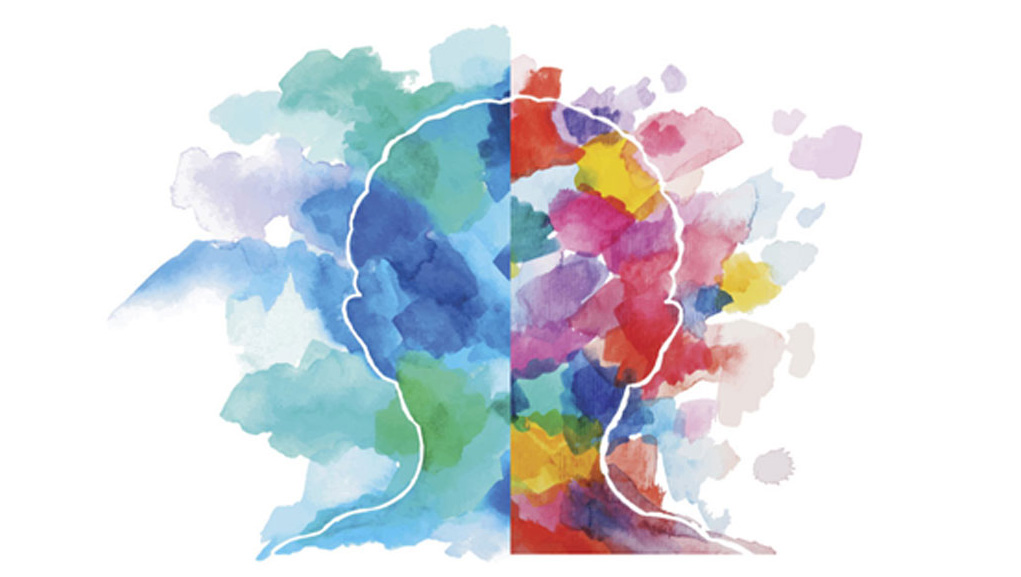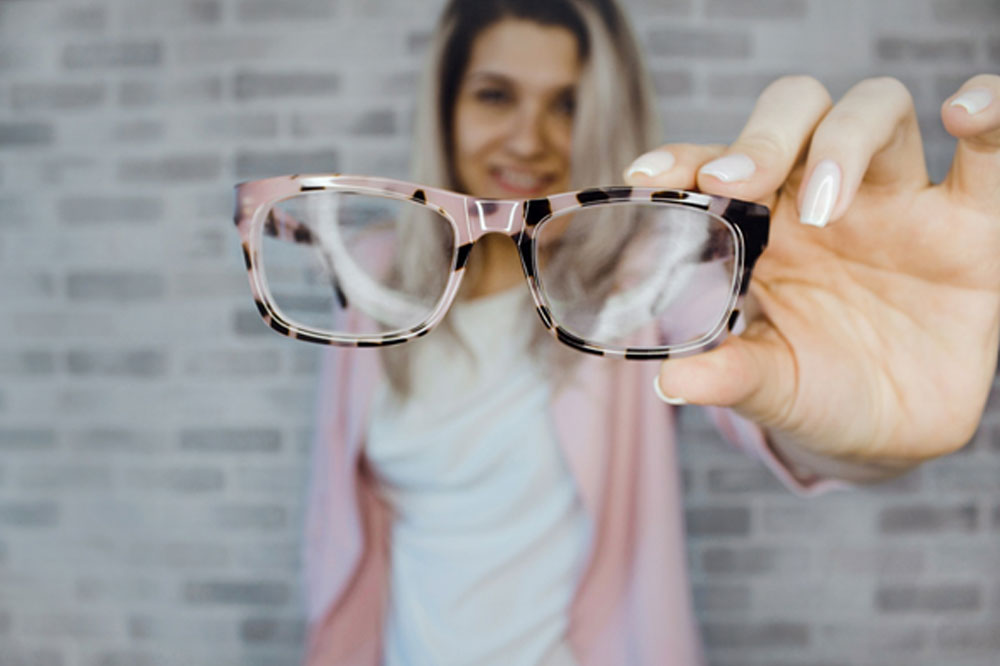
Colors have always played a crucial role in man’s existence. It is a centuries old phenomenon that has given recognition to people and cultures from around the world.
We’ve witnessed (or at least read) as to how from the Egyptian era to the Mughal age, colors have explicitly shown their individualism in each phase.
Even today, when we think of colors, they appear differently to different people, depending upon their varied preferences, which can also be an outcome of assorted life experiences.

Besides the strong essence of life experiences, there has been universal evidence behind why and how do colors actually affect your mood. Hence science today makes better intervention into this theory.
Color resonates with different people in different ways. For some it may vary from their home design to external designs, while for some it may not explicitly carry any weightage. The science behind our emotional connections to color is a complicated one.
But let’s try understanding it this way,
Our brain feels a different emotion each time we look at a particular color in a universe of interior decoration . This is because of the impact; the color has on the brain, which further affects your senses and feelings.
Colors impact the brain directly and can greatly affect one’s physiology. It also has a great influence on our pulse rate, anxiety levels, and blood flow.
One of the biggest reasons why colors impact the brain is due to the memory effect, the colors play.
Let us look at the scientific explanation behind this impactful occurrence.

Color processing begins with the absorption of light by cone photoreceptors, and progresses. Retinal signals carrying color information are transmitted through the lateral geniculate nucleus up to the primary visual cortex . From the visual cortex, the signals are processed by the second visual area; and then by cells located in sub compartments (“globs”) within the posterior inferior temporal cortex. Color signals are then processed by regions deep within the inferior temporal cortex. As a heuristic, one can consider each of these stages to be involved in constructing a distinct aspect of the color percept.
Finally, though nothing is known, these signals presumably interface with motor programs and emotional centers of the brain, to mediate the widely acknowledged emotional salience of color. And that’s how you have theperfect colors etched on your mind.
While light colors portray a nonchalant behavior following the phenomenon above. Below is the list of a few colors that can directly affect your mood and brighten up your day:
Blue
From all the reasons valid, blue is known for creating peaceful and soothing vibes all around. It is a color that best represents itself as ‘cool’ and also affects one’s psyche positively.
Sea Green
The color is a refreshing representation of calming energies. It is not only visually appealing to your eyes, but is also a great pick for Indian summers.
Pink
Although, pink may not be a widely chosen option, but factually, the color pink is blessed with happy vibrations. If used correctly, Pink can turn up the aesthetics of any space and make the environment seemingly happy.
Violet
Straight out of the rainbow, and just as it is, violet has appeasing properties that can help one doze off to peace and start new things afresh.
Yellow
The color of positivity. And needless to explain, how it positivity affects us and changes the course of things in the best of ways.
With a little twist of change, colors can add up to being beautifully huge and pleasing to the eyes.
We hope this piece of information served you just enough to pick the right choice, and understand your mind’s analysis behind that decision.
We’d be glad to hear your thoughts about this article. You may write to us at vatikainteriorsolutions@gmail.com and tell us what you think!

